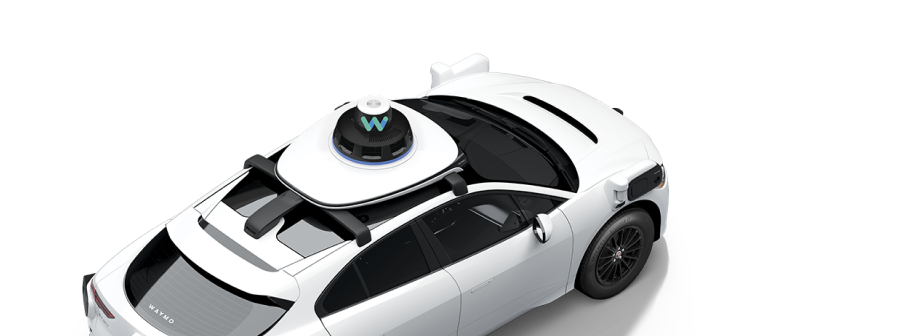Top 5 questions about self driving cars in Austin
August 2015
We’ve now been driving in Austin for about two months, and as we’ve visited various groups in the community, here are the top 5 questions we’ve been getting.
#1. How do you handle deer?
Apparently Austin has a lot of deer, and we’re ready for them! Even at night, the sensors on our vehicle can detect animals like deer, even when they’re on the side of the road. We can detect that they’re different from an inanimate object (like a mailbox) and if the animal appears to be moving into the road, the car will slow down or come to a stop.
#2. How is your experience in Austin different from Mountain View?
We’re already learning a lot from being in a community far from Silicon Valley. It’s been helpful to get out and talk to people who aren’t used to seeing self-driving cars every day. We’re also learning what’s necessary to operate and maintain a fleet of vehicles far away from our home garage. And on the streets, we’ve had to learn how to handle new types of street infrastructure, like horizontal traffic signals. But on the whole, in terms of how the cars operate, there’s far more that’s similar than different.
#3. How does the car know where to go when you get in?
We’re working on different ideas but it’s still very early — this is a great example of the kind of thing we’ll be researching and testing in the coming months. People are already carrying their phones so it would make sense for us to take advantage of that. Our prototype vehicles also have a screen built into the dashboard; it’ll be interesting to experiment with various interfaces for that over time.
#4. What if…[insert hypothetical situation that could be tricky]?
People love asking us how we’d handle situations that are rare but possible — an object falling off a truck, a cyclist suddenly darting into our path from between parked cars, a woman in an electric wheelchair chasing a duck around the middle of the road. (That last one really happened!) Rather than teaching the car to handle very specific things, we give the car fundamental capabilities for detecting unfamiliar objects or other road users, and then we give it lots of practice in a wide range of situations. Most often the best approach — for our software or for a human driver — is to slow down or come to a stop until more information about the situation is available. And because the car has 360 degree visibility out nearly 200 yards in all directions at all times and is always paying attention, it should be able to detect and respond to tricky situations before they get really sticky.
In addition to driving many thousands of miles every week to accumulate lots of real-world experience, we also have a special team that creates challenging situations for our vehicles on our test track. Sometimes they’re difficult variations on what we’ve seen out on the roads (e.g., a car suddenly pulling out from a parking spot right into our path), and sometimes they’re diabolical creations of the team’s imagination. We’ve done everything from throwing piles of loose paper in the road to purchasing giant stuffed birds from a Halloween store.
#5. When will they launch / be available / be ubiquitous?
We’re just starting to test our prototype vehicles; we have a few on the streets of Mountain View now, and they’ll be arriving in Austin in early September. In the current phase of the project, we’re studying how these communities perceive and interact with us, and we’re continuing to smooth out the vehicles’ behavior to make them feel more natural to people inside and around them. We also want to uncover challenges that are unique to a fully self-driving vehicle — e.g., where it should stop if it can’t stop at its exact destination due to construction or congestion. The next step for us will be running pilot programs with our prototypes to learn more about what people would like to do with vehicles like this, though we don’t have any specific timelines to share right now. Our project lead Chris Urmson’s goal is to make sure his 11 year old son doesn’t need to get a driver’s license.


